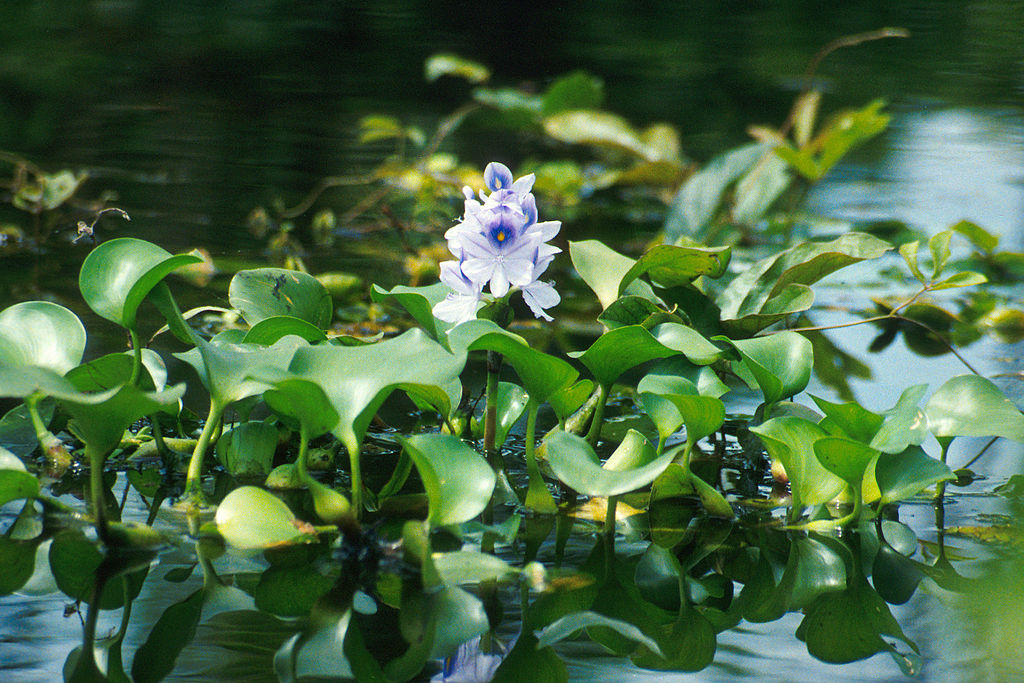Ecosystems are comprised of living and non-living components. In biology and ecology, these components are referred to as abiotic and biotic factors. These two types of factors are broad and disparate. When combined, they encompass the entire biosphere. The following article examines the difference between abiotic and biotic factors, and how they each contribute to the environment.
What Are Abiotic Factors?
Abiotic factors are non-living and physical factors in the environment. They impact the ability of living organisms to survive and reproduce.
What Are Some Examples of Abiotic Factors?
Examples of abiotic factors include water, temperature, sunlight, soil, and nutrients. Each of these abiotic factors are essential for establishing, and sustaining a balanced ecosystem.
How Do These Abiotic Factors Influence the Environment?
- Water is required by all living organisms to survive.
- Sunlight is the main source of energy on Earth. It allows plants to photosynthesize, and is one of the factors most responsible for shifts in temperature.
- Temperature plays an integral role for animals that cannot regulate their body temperature. It also influences the types of organisms that can appear in an ecosystem.
- Soil is considered an abiotic factor because it is comprised of small particles of rock, sand, and clay mixed with decomposed plants and animals. Soil types vary, contributing to the environment in different ways.
- Nutrients are a vital form of sustenance for living organisms. They are required by all living organisms to grow and thrive.
Limiting Factors
Deficiencies in an ecosystem are called limiting factors. These deficiencies restrict growth in the ecosystem, limiting its biodiversity. The availability of abiotic elements in an ecosystem helps determine the types of organisms that can exist in that setting, and how abundant they may become.
What Are Biotic Factors?
Biotic factors are living organisms in an ecosystem.
What Are Some Examples of Biotic Factors?
Examples of biotic factors include plants, animals, fungi, and bacteria. Each of these organisms directly or indirectly affect each of the other organisms in an ecosystem through various types of interactions. These biotic factors and interactions are condensed into three groups: producers, consumers, and decomposers.
Producers
All plants are producers. Three of the most common producers are trees, shrubs, and grass. These organisms have the ability to absorb the sun’s energy and convert it into food through a unique process called photosynthesis. As they photosynthesize, plants convert carbon dioxide (CO2) into oxygen (O). Oxygen is integral to the survival of other organisms. Additionally, healthy plants produce flowers, seeds, and fruits, which other biotic organisms consume.
Consumers
Consumers are mostly comprised of animals. These organisms consume producers and other animals. Deer, mice, and squirrels are examples of consumers that feed primarily on plants. These types of consumers are called herbivores, and are often known as primary consumers. Wolves and lions are examples of consumers that feeds on other animals. These types of consumers are referred to as carnivores. Consumers that feed on plants and animals are called omnivores. Common examples of omnivores include pigs, badgers, foxes, and bears.
Decomposers
Decomposers are organisms that convert dead material into soil. Through the decomposition process, they also contribute nutrients to the soil. These nutrients are used by producers to photosynthesize, and create food. Earthworms, mushrooms, and bacteria are common examples of decomposers.
Examples of Interactions
- Animals excrete waste that decomposes, contributing nutrients into the soil. These nutrients are absorbed by plants, which stimulates their growth. Plants photosynthesize, converting carbon dioxide into oxygen. As oxygen is released into the environment, it is consumed by other living organisms, which they require to survive.
- Water, sunlight, and carbon dioxide are necessary for plants to grow. Plants interact with water, sunlight, and carbon dioxide to nourish themselves through photosynthesis.
- Climate shifts, and temperature fluctuations are influenced by biotic interactions. These factors impact ecosystems in various ways. Depending on the severity, and conditions of the change, they may limit, or enhance an ecosystem’s biodiversity.
Photo is provided courtesy of the United States Department of Agriculture.


